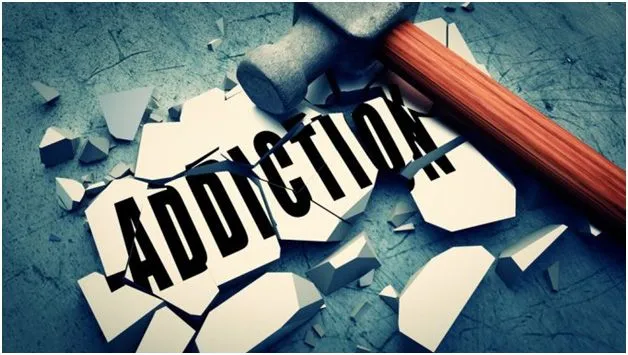Free Courses Sale ends Soon, Get It Now


Free Courses Sale ends Soon, Get It Now



Copyright infringement is not intended
Context: The Union Ministry of Health and Family Welfare informed the Rajya Sabha about the various programmes running under National ‘Drug De-Addiction Programme (DDAP)’.
About Drug De-Addiction Programme (DDAP)
About Drug Addiction in India
Effect of Drug Addiction
Way Forward
https://www.pib.gov.in/PressReleasePage.aspx?PRID=1808223
© 2024 iasgyan. All right reserved